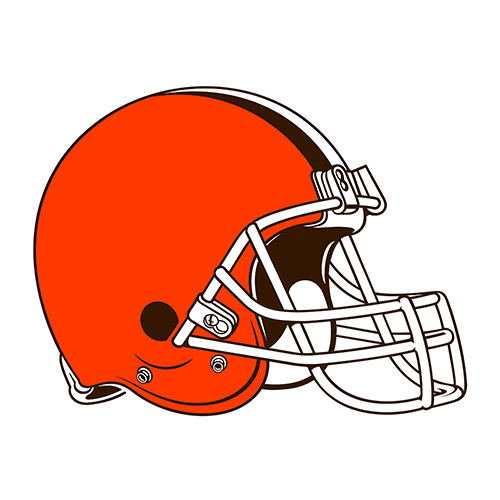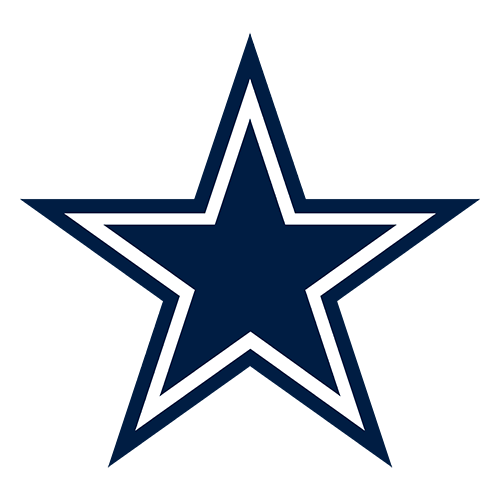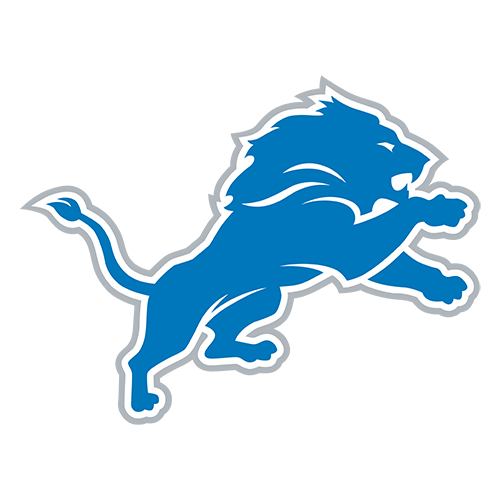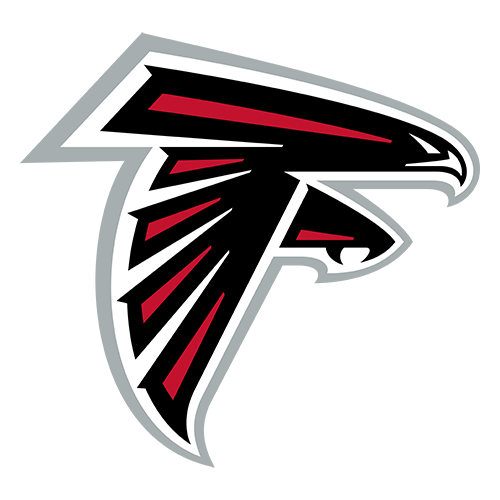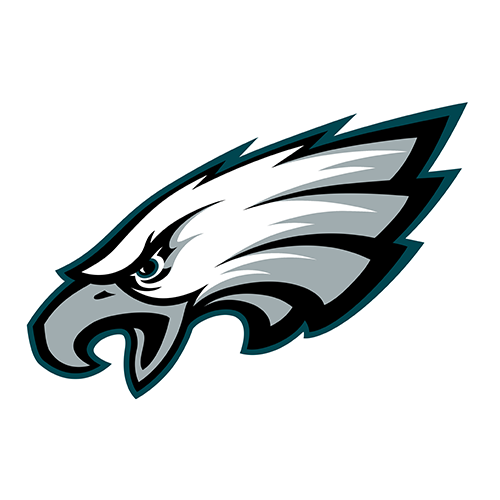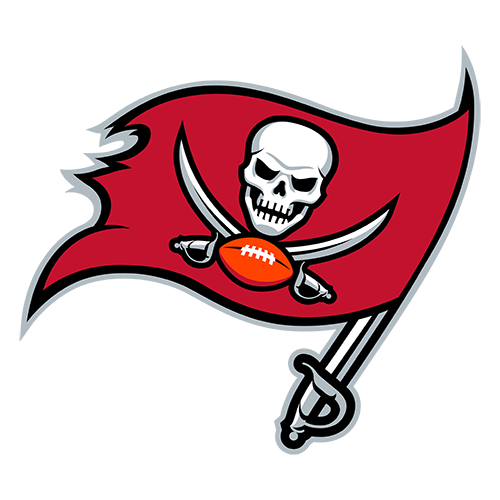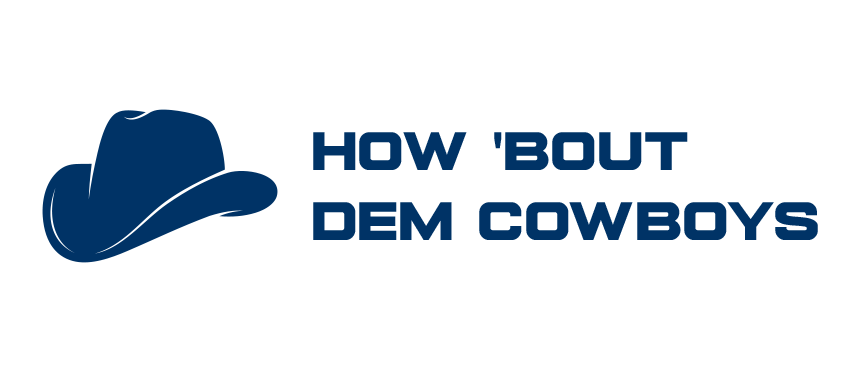On Tuesday, the Dallas Cowboys traded a 2027 first-round pick as well as a 2026 second-round pick to acquire star defensive tackle Quinnen Williams from the New York Jets. To properly assess this trade, it’s essential to have a clear understanding of what the Cowboys are gaining and what exactly they gave up.
In previous articles, we attempted to provide some clarity on this trade, first explaining how this fits into the overall plan of the Micah Parsons trade, and then making the case that Williams is a legit impact defensive tackle. Today, we want to show why taking this approach was exactly what the front office needed to do to secure the quality of play they have so desperately been missing over the last several years.
We will go over the following:
- How they paid a good price for the trade
- How they locked down a sure thing
- How they got him at a great time in his career
The value of the trade
The biggest contention people have about the trade is how much the Cowboys gave up to get him, specifically, that 2027 first-rounder. If you think of it as just a first and a second, that’s a hefty price. However, picks from future seasons only equate to about one-third the value of the current season. Looking at the draft trade value chart, that translates to a round later. Here’s a hypothetical to help understand what the Cowboys gave up.
Join the conversation!
Sign up for a user account and get:
- Fewer ads
- Create community posts
- Comment on articles, community posts
- Rec comments, community posts
- Coming soon: New, improved notifications system!
Let’s err on the side of terrible and say the Cowboys finish with only six wins in each of the next two seasons. That would project them to finish with the 11th pick for round one and the 43rd pick for round two. The value of these two picks would be:
2026 2nd round pick at pick 43 = 470 points
2027 1st round pick at pick 11 = 1250 points/3 = 417 points
Total value = 887 points, which is equivalent to the 19th overall pick in the 2026 draft
The short version is that the Cowboys gave up a 2026 first-round pick for Williams. They just used other draft capital to finesse it without having to touch one of their two first-round picks for next year. So, the real question should become, is spending a first-round pick the right approach to acquire a proven impact defensive tackle? To answer that question, we present the next factor.
Finding a great player is a challenge
If the Cowboys were able to land themselves a star defensive tackle with one of their first-round draft picks, that would be fantastic. Getting a great young player on four years of cheap player control (five, with the fifth-year option) is ideal; however, that task is easier said than done. Finding a difference-making DT, even while using premium draft capital, comes with challenges. If you looked at the 10-year window from 2013 to 2022 (we’re not including DTs drafted in 2023 and beyond because most haven’t developed into great players yet), there were a total of 26 defensive tackles selected in the first round, and ten of them turned into Pro Bowl-caliber players. That’s a 38% hit rate.
Now, that’s not terrible, but if the Cowboys spent one of their 2026 first-rounders on a top defensive tackle prospect, but only had roughly a one in three chance of hitting, we wouldn’t feel all that great about their chances. And it would feel even worse if they have a history of whiffing on defensive tackles. We all know about Mazi Smith in 2023, as well as spending their top draft resource on Trysten Hill in 2019. Even the 2013 draft almost blew up in their face, as you may remember that defensive tackle Shariff Floyd was the top player on their board, but a war room dispute fortunately caused them to trade out of their spot and select Travis Frederick at the end of the first round. What we’re alluding to is that the Cowboys’ college scouts don’t have a great track record of finding talent at the defensive tackle position. Hoping they can break the curse and land a star talent with one of their first-rounders next year might be a little overly optimistic. So, why do that? Why not take the sure thing?
Primed for action
Not only are the Cowboys locking down a sure-fire talent, but they have bypassed the development years that typically accompany defensive tackles. Unlike other positions where they hit the ground running (RB or LB) or have a fast learning cycle (WR, CB, or DE), defensive tackles usually take three to four years before they turn into impact players. Many are eased into action and have a rotational role in their rookie season.
If you were to track the best defensive tackles over the last decade, as well as some of the young stars in the league, you’ll see a definitive learning curve that usually hits greatness around year three or four. There are some anomalies, like Aaron Donald, who are sensational right out of the gate, but for the most part, year four is the money year. And our guy Quinnen Williams is right in line with that.
This chart also shows something else that is of particular interest to Cowboys fans. Not only do they get to skip the development years, but this data indicates that we should expect Williams to sustain his high level of play for several more years. Great defensive tackles have some good longevity. By trading for a proven star, the Cowboys have managed to jump over the growing pains and start capitalizing on his prime years.
See More:

